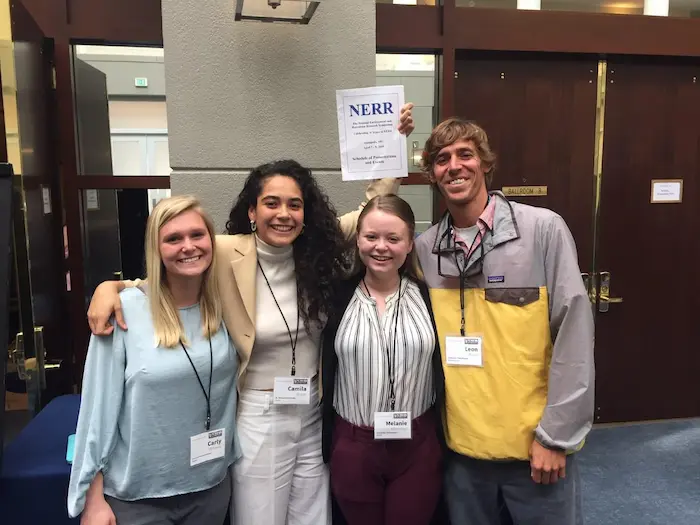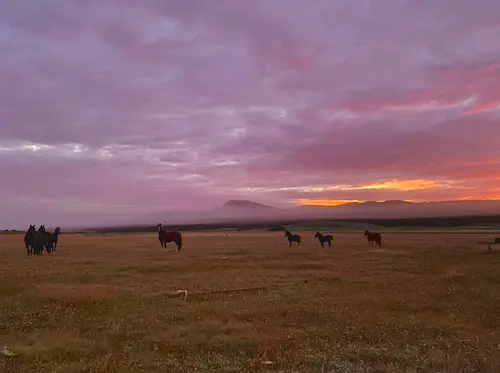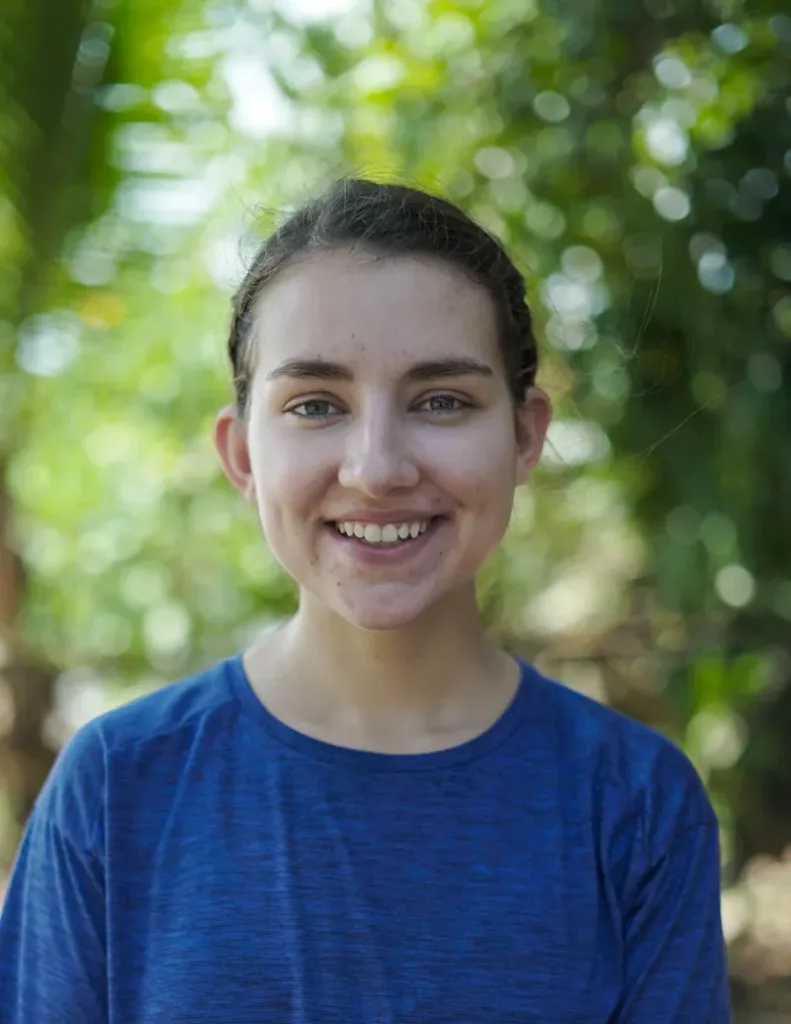
By: Liz Walker
Sounds from a Cloud Forest
Sounds from a Cloud Forest: The Research on Bird Songs and Anthropogenic Interference
Protected areas in Costa Rica comprise a variety of tropical habitats and make about one quarter of the country. Given this condition, one might expect that wildlife in those areas can be away and protected from human disturbances. However, road network is being expanded and consequently reaching proximity towards protected habitats. Currently, 70 protected areas in Costa Rica are located within a 2 km range of the road network. This road encroachment increases noise pollution affecting wildlife species, such as birds that use sounds for communication.
To better understand the dynamics of anthropogenic noise and bird song interactions, we are conducting a baseline research on bird species in the Villa Blanca cloud forest private reserve. We use mist netting and audio recording techniques to determine the presence of bird species and their bioacoustic activity in different habitats. This private reserve is situated in close proximity to a national road development project.
Two weeks ago, as part of our spring semester program, students involved in the tropical ecology directed research course collected valuable data on bird bioacoustics. The recorded samples of the soundscape are important to determine the effect of road noise after a major road is constructed. This is particularly important since a major road development is planned for the adjacent landscape. In addition, we banded some species to be used as focal subjects for experiments on the effect of noise and song emission.
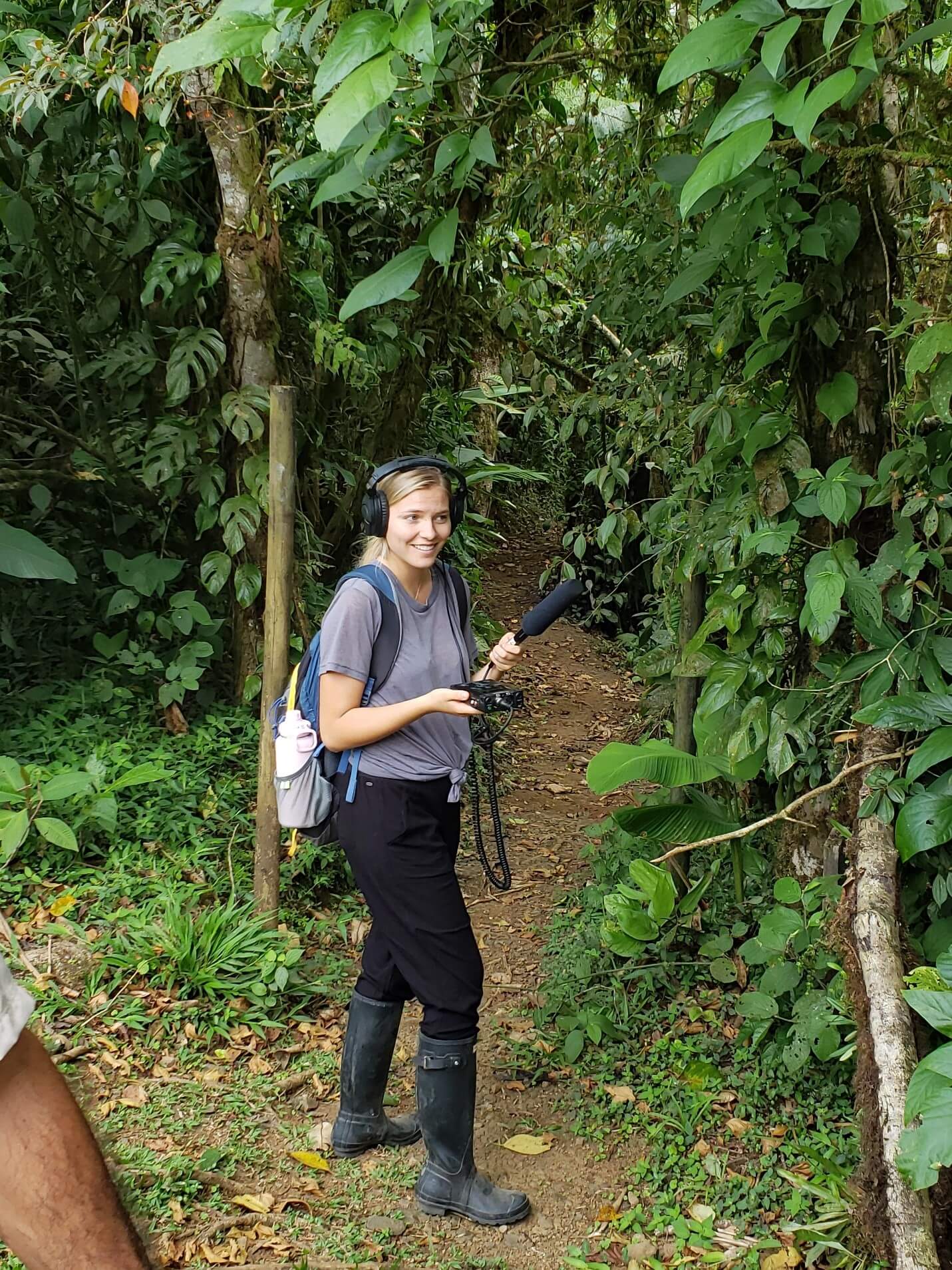
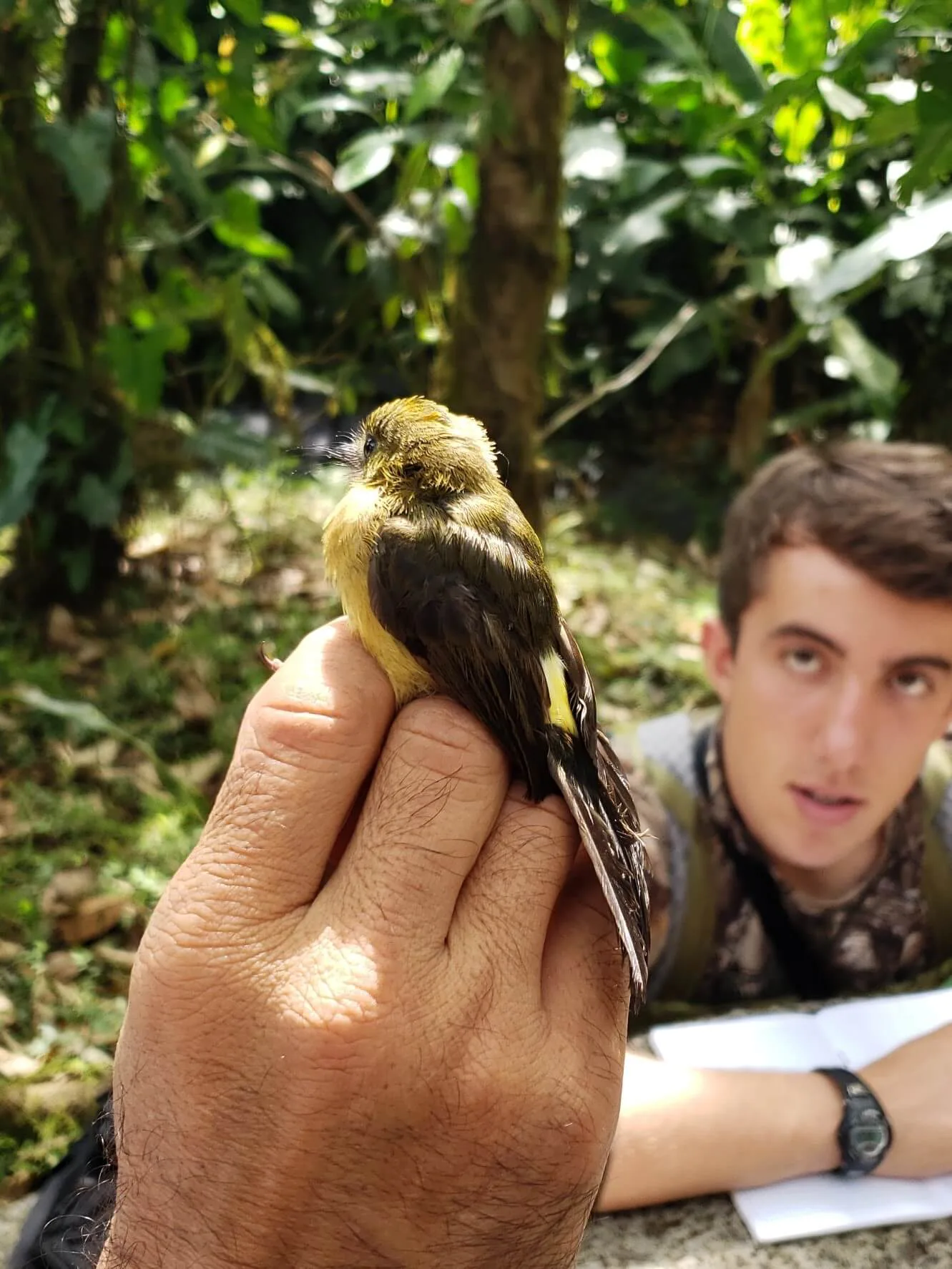
Before the actual road is constructed, we run a serial of experiments on bird vocalization responses to an induced road noise playbacks stimulus. Our working hypothesis was that bird would modify their vocalization patterns in the presence of noise to minimize song interference.
We are now analyzing the acoustic material to find out about the outcome of the experiments. We seek to generate information as to how road noise affects bird communication and to use the information for informed decision making to minimize future road impacts on wildlife in protected areas.
To find out more about this study and support our research project, visit the project page at Experiment.com.
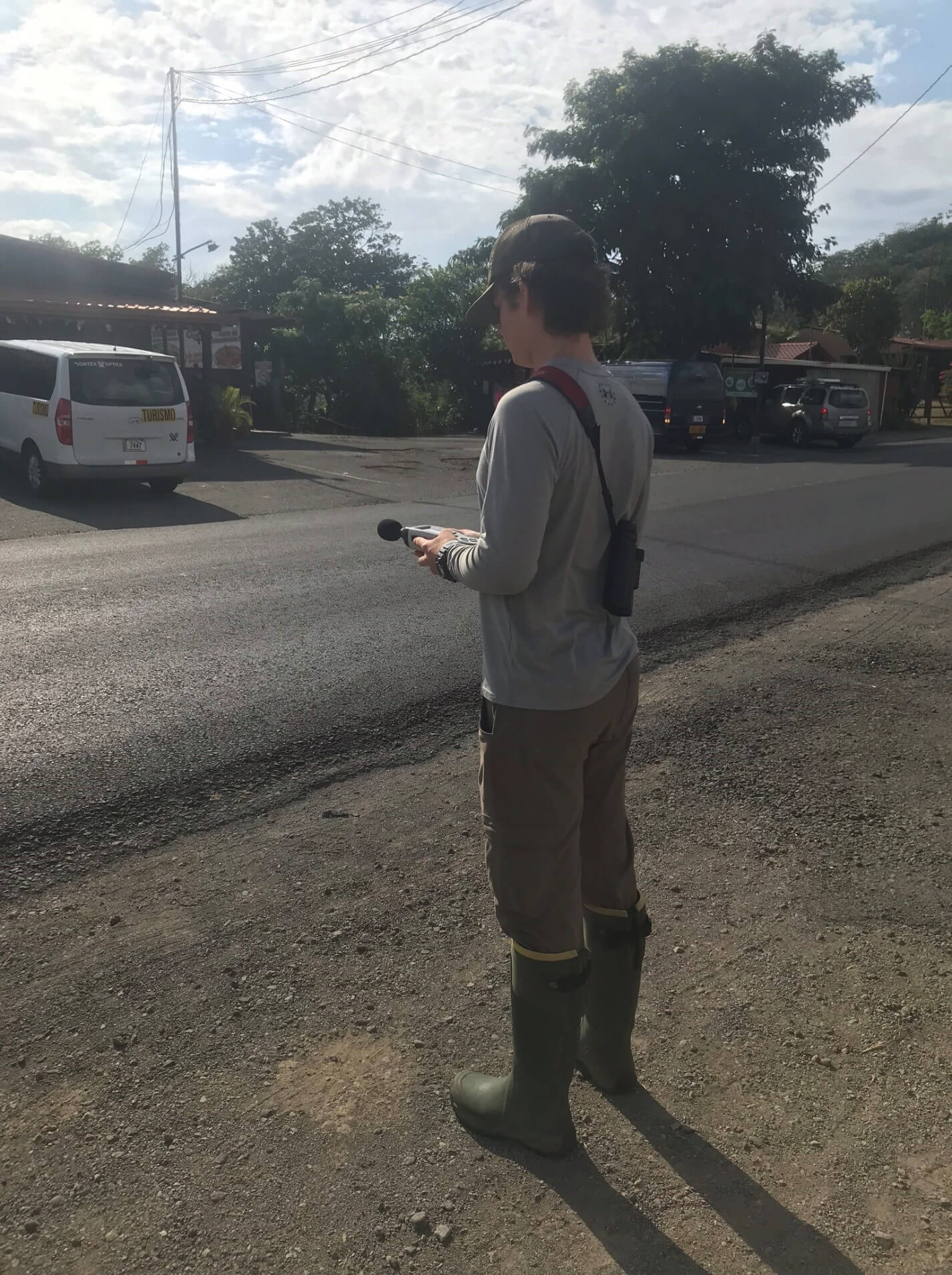
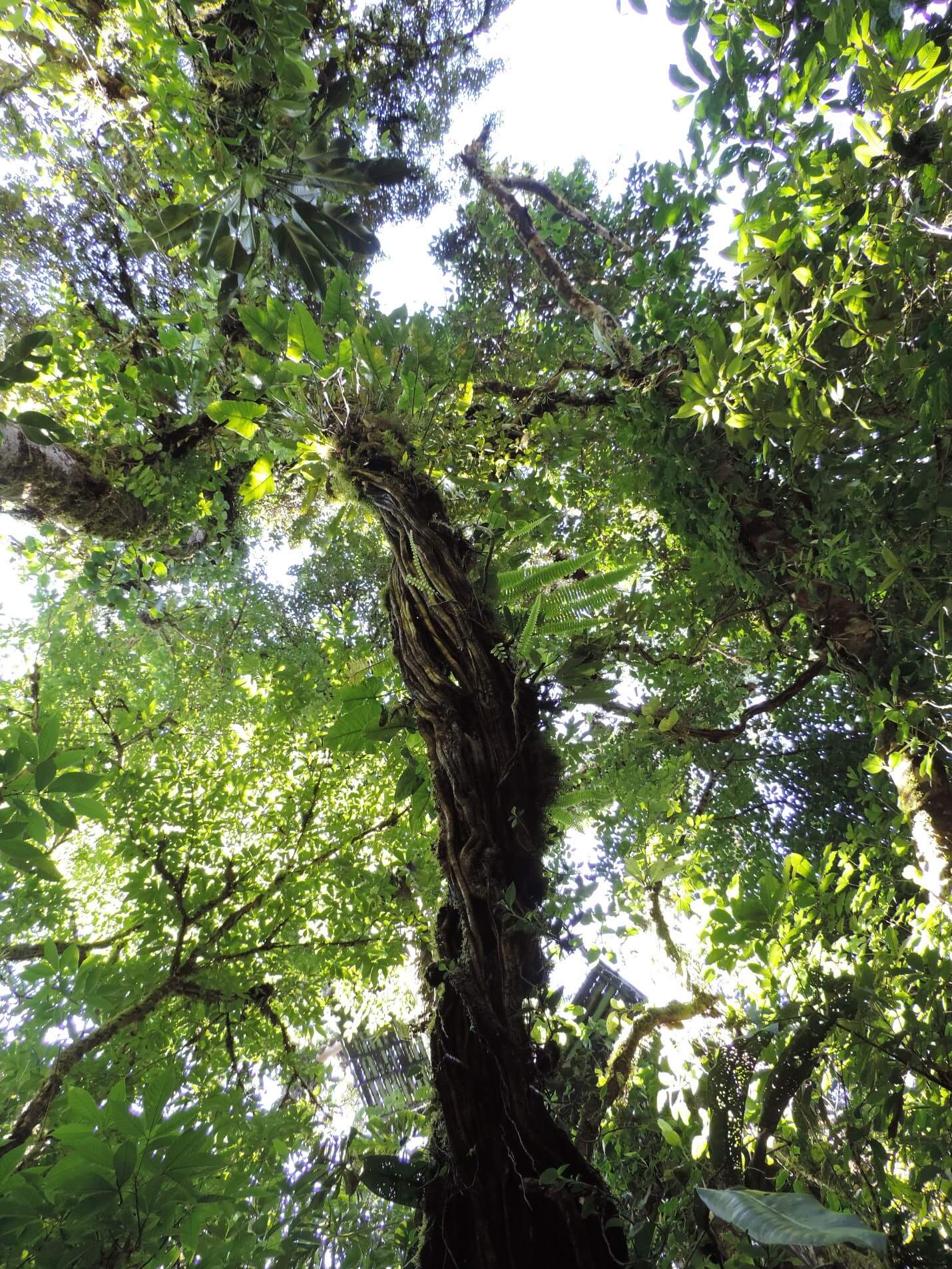
Related Posts
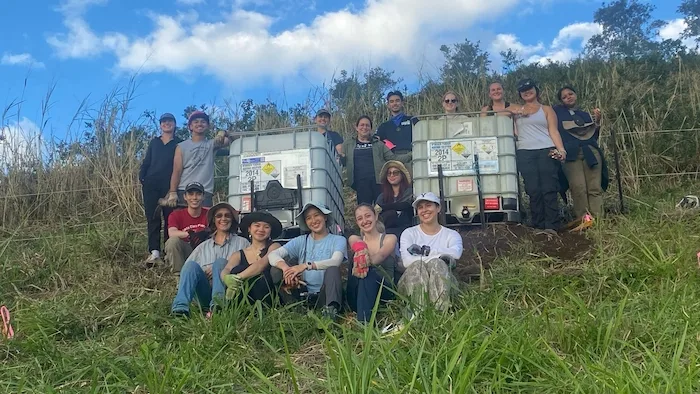
Restoration on a Cinder Cone: A Syntropic Story
